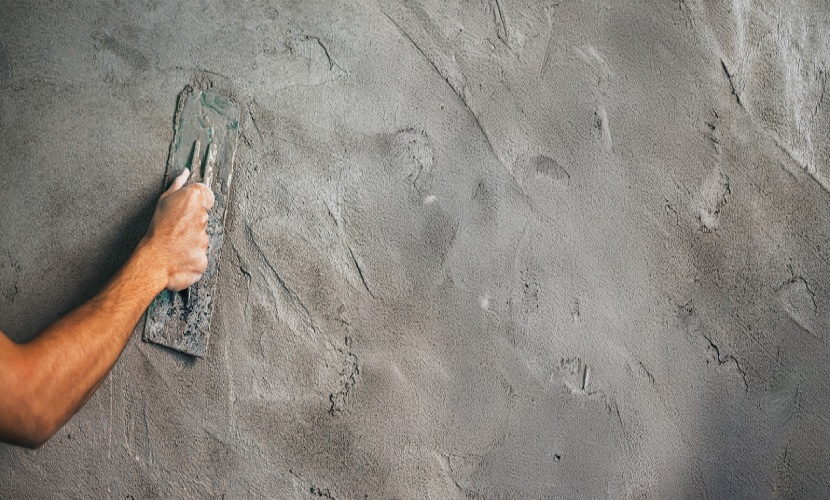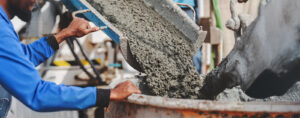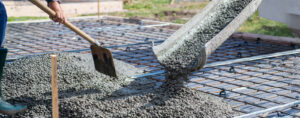The hills of Northeast India don’t just shape the region’s geography — they shape how people build. In a land where monsoons hit hard, transportation is tricky, and villages are linked by winding routes, construction becomes more than infrastructure. It becomes a symbol of stability, growth, and resilience.
In this setting, a cement factory in Meghalaya is more than an industrial site. It’s a lifeline — one that powers the development of local communities, public institutions, and homes across Assam, Tripura, Arunachal Pradesh, and beyond.
Let’s take a closer look at cement production and transportation in this part of the world, and how cement factories in Meghalaya are becoming a crucial part of India’s growth story.
The Source of Strength: Cement Production in the Hills
Cement production in Meghalaya begins where nature meets engineering. Rich in limestone, the region offers the essential raw materials for high-quality cement. This natural advantage reduces the need for long-distance hauling, making manufacturing both sustainable and efficient.
Local factories follow a systematic production process, starting from raw material extraction to grinding and packaging. But the key is consistency. Limestone and clay are thoroughly mixed, crushed, and passed through a rotary kiln to form clinker. Once cooled, the clinker is crushed with gypsum and other additives to create cement — which is then rigorously tested for strength, setting time, and durability.
Each step is carefully monitored. In the Northeast’s high-humidity climate, even minor formulation or moisture changes can affect performance. That’s why cement plants in Meghalaya are designed to deliver not just volume, but also quality that can withstand the weather, terrain, and time.
Why Local Manufacturing Matters
Producing cement close to where it’s needed not only saves time but also builds trust. In the Northeast, where delays can stall entire projects, having a cement factory in Meghalaya ensures quicker delivery, fresher stock, and fewer logistical hurdles.
This matters to contractors and homeowners who can’t afford compromises during critical moments like Dhalai (slab casting) or foundation work. They need cement that mixes and sets well, works without extra additives, and doesn’t lead to costly delays.
Local factories are quicker to respond to stock demands, market shifts, and weather disruptions. They also offer easier access to technical assistance — a small but crucial edge for teams working under tight deadlines or in remote areas.
The Supply Chain: Built for Tough Roads
Transporting cement in the Northeastern states isn’t like shipping it across flat highways. It means navigating steep slopes, narrow roads, seasonal landslides, and unpredictable weather.
This is where the supply chain turns into a strategic asset. From cement plants in Meghalaya, the product travels to distributors and dealers through a tightly coordinated logistics network.
Cement is packed in moisture-proof bags and handled with care during loading and transit. Warehousing facilities at key points help reduce lead times and ensure faster last-mile delivery. In a region where accessibility is half the battle, companies that invest in robust dealer networks and logistics infrastructure quickly stand out.
A Local Backbone for Regional Growth
From homes in Shillong to bridges in East Khasi Hills and schools in West Tripura — demand for quality cement is steadily growing. With government-backed infrastructure, public works, and private investments on the rise, the need for reliable construction materials has never been greater.
Cement factories in Meghalaya don’t just support this demand — they empower it. By staying close to the ground, maintaining strict quality control, and ensuring swift supply, they serve as the backbone of the region’s development.
For families building their first home, for contractors racing against time, and for masons working through rain and mud — reliability is everything.
Conclusion
In the Northeast, the journey from limestone quarry to construction site is long and often uphill — both literally and logistically. But every time a bag of cement arrives on time, mixes right, and performs flawlessly, it builds more than just a structure.
It builds trust.
Trust that the roof won’t leak.
That the wall won’t crack.
That what’s built will last.
A cement factory in Meghalaya isn’t just a part of the industry — it’s a symbol of integrity, progress, and strength.






